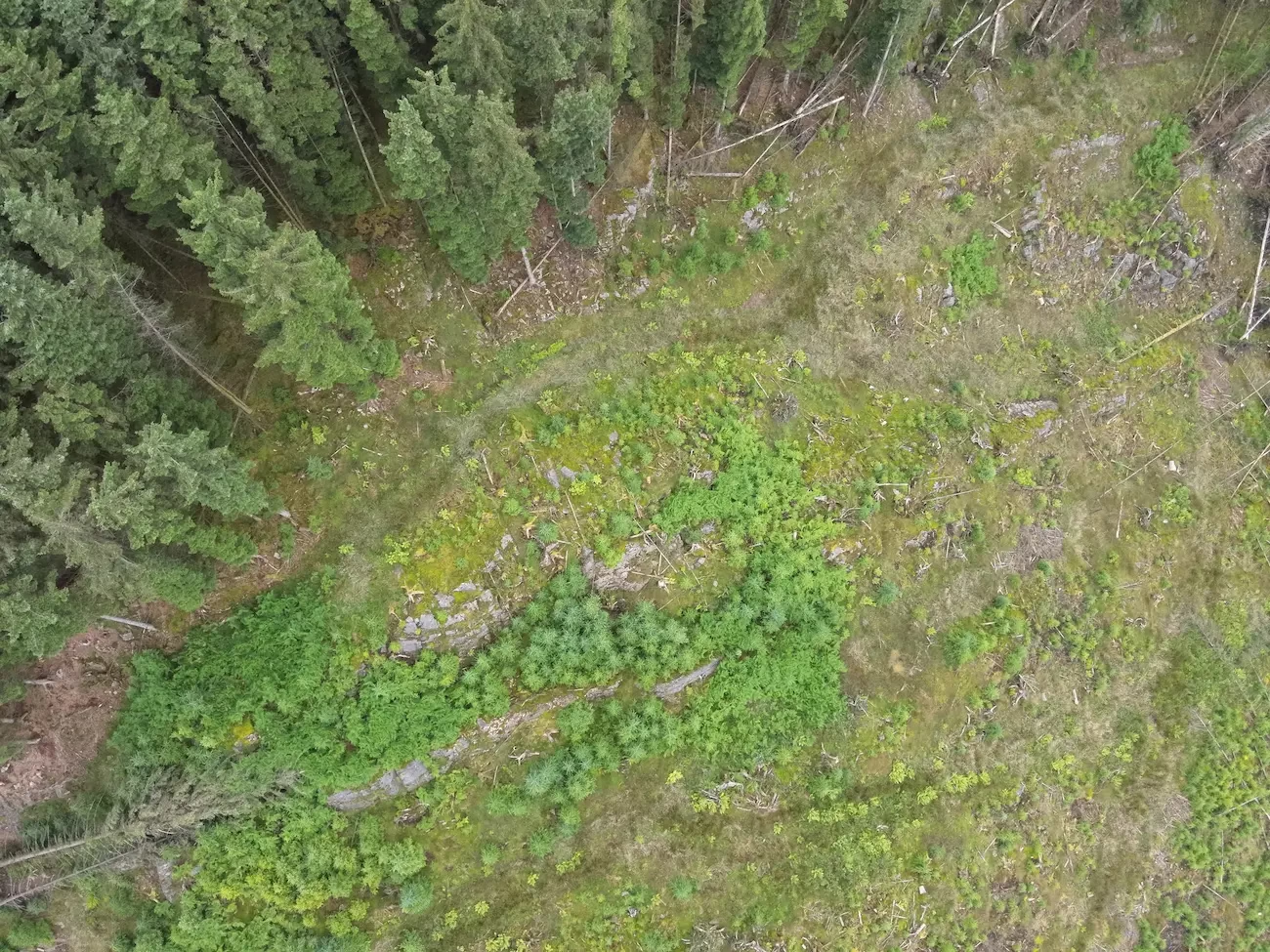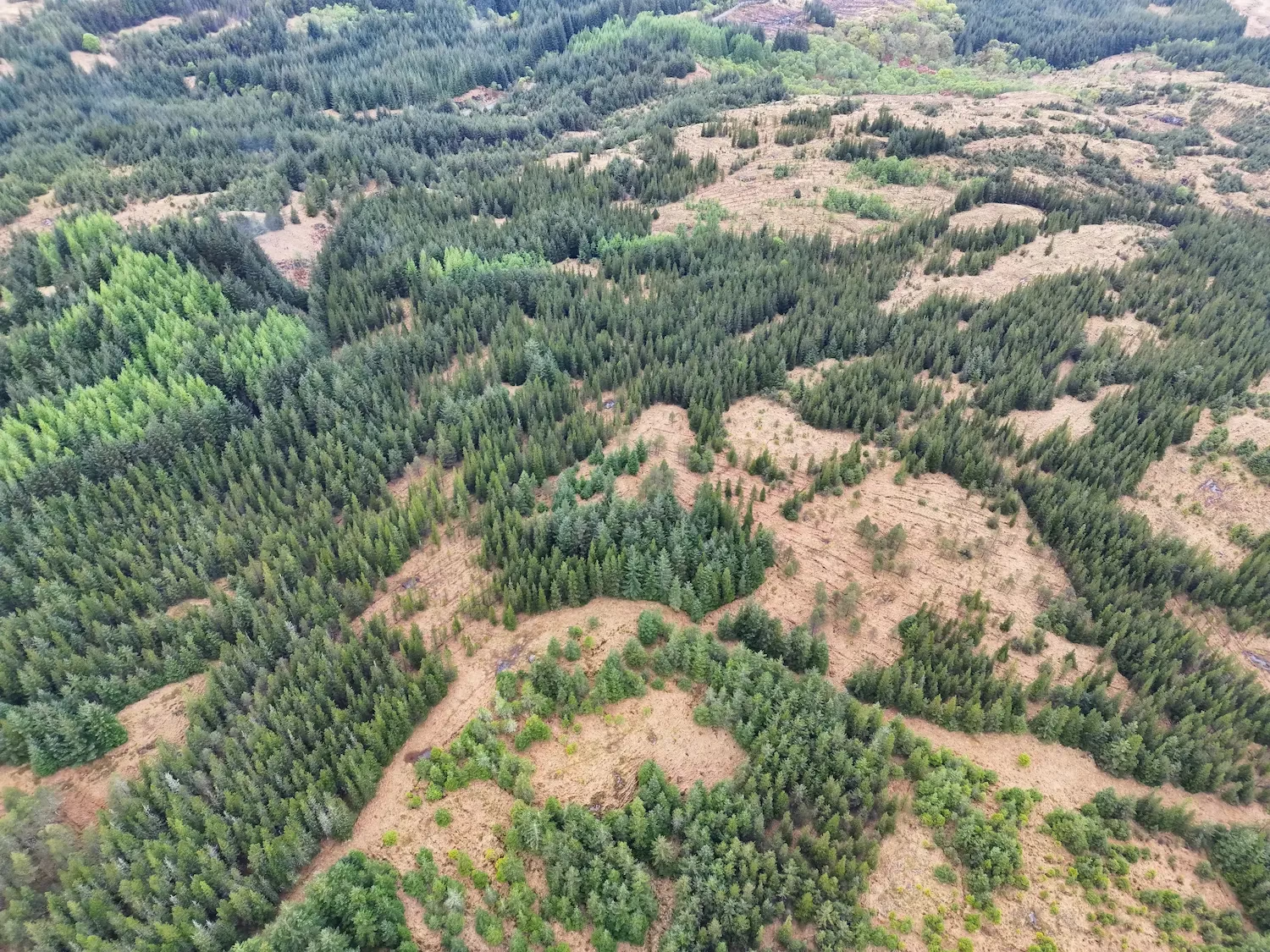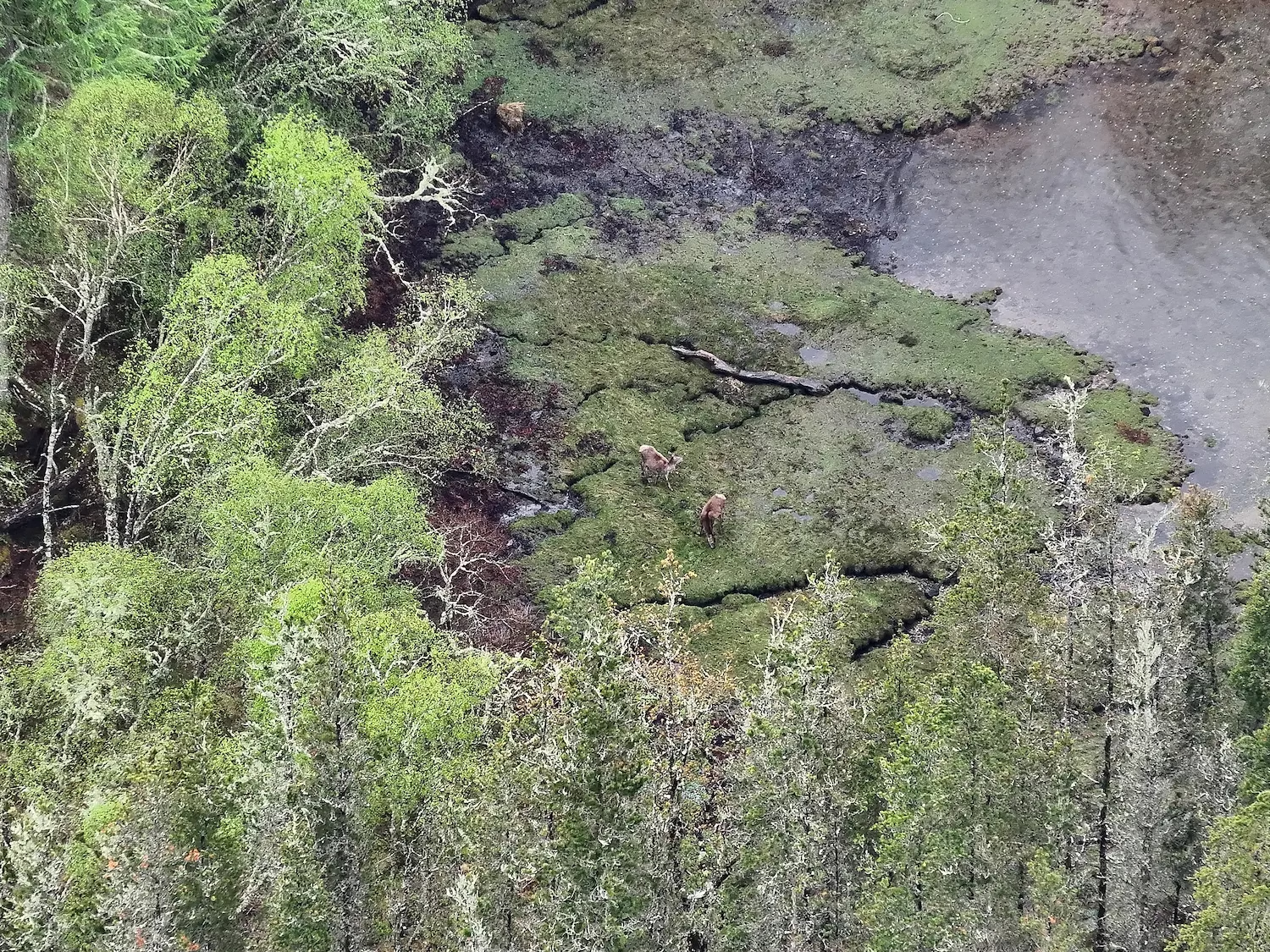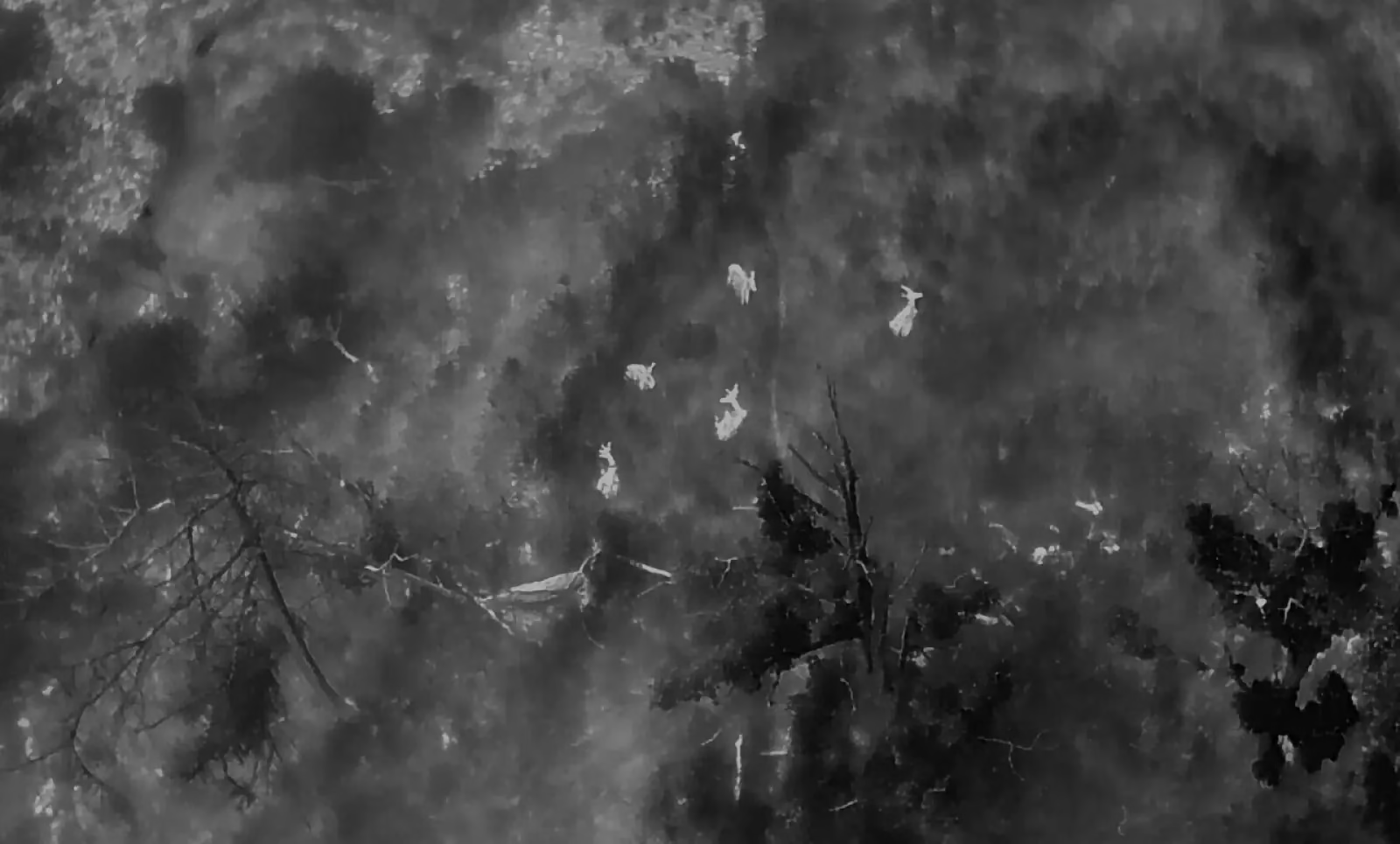Understanding the Need for Deer Management
The UK’s forests are home to thriving populations of wild deer, playing a vital role in the ecosystem. However, unchecked deer numbers can lead to habitat degradation, biodiversity loss, and economic challenges for landowners. Effective deer management ensures a balance between conservation and population control, helping to maintain healthy woodlands and agricultural land.
This guide explores the importance of managing deer populations and the best practices for sustainable deer control, along with how professional services support conservation efforts.
The Role of Deer in UK Forest Ecosystems
Deer are an iconic presence in the UK’s forests, shaping the landscape and contributing to the health of woodland ecosystems. Their role goes beyond simply grazing; they help disperse seeds, encourage plant diversity, and create microhabitats that support birds, insects, and small mammals. In a balanced environment, deer contribute to a thriving and biodiverse woodland.
However, like all wildlife, deer populations need to be carefully managed to prevent unintended consequences. When deer numbers grow too large, they can overgraze young saplings, disrupt natural regeneration, and degrade habitats. Excessive grazing doesn’t just impact plant life—it throws off the entire balance of the woodland ecosystem, affecting the wildlife that depends on it. When left unmanaged, rising deer numbers can cause long-term ecological consequences, such as biodiversity loss and habitat destruction.
By implementing responsible deer management strategies, conservationists and landowners can maintain this delicate balance, ensuring that deer continue to enrich the environment without negatively impacting woodlands. For a detailed look at effective deer management techniques, visit our guide on Proven Deer Management Strategies.
The Challenges of Deer Overpopulation
Deer are a vital part of the UK’s natural landscape, but when their numbers grow beyond what the environment can sustain, they can put significant pressure on woodlands and farmland. Overgrazing, competition for food, and habitat destruction are some of the biggest concerns landowners and conservationists face.
The Impact of Overpopulation:
- Overgrazing and Woodland Damage – Too many deer feeding on young trees and plants can prevent natural regeneration, leading to deforested areas and weaker ecosystems.
- Strained Food Resources – Wild deer often compete with livestock and other herbivores for food, increasing costs for farmers and reducing available resources for native species.
- Biodiversity Imbalance – When deer populations grow too large, they tend to overconsume certain plant species, which alters the natural balance of woodlands and makes it harder for other species to thrive.
- Habitat Disruption – The loss of plant life caused by excessive grazing affects not only flora but also the wider wildlife that depends on a healthy woodland ecosystem.
To prevent these issues, sustainable deer management practices are essential. Without intervention, rising deer populations can lead to long-term degradation of woodlands, agricultural land, and biodiversity.
The Environmental and Economic Impact of Deer
Deer overpopulation creates a wide range of challenges, both environmentally and economically. Breaking down these impacts helps illustrate the importance of effective management.
Environmental Impact:
- Vegetation Loss – Overbrowsing damages forests, farmlands, and protected habitats, stripping them of vital vegetation.
- Reduced Crop Yields – Deer grazing on agricultural land leads to lower productivity and disrupted planting cycles.
- Habitat Degradation – Constant pressure from high deer numbers can prevent natural regeneration, affecting the balance of woodland ecosystems.
Economic Impact:
- Higher Land Management Costs – Landowners face increased expenses for fencing, replanting, and damage repair.
- Vehicle Collisions – More deer on the roads leads to a higher risk of traffic accidents, resulting in insurance claims, repair costs, and public safety concerns.
- Loss of Timber Value – Young trees damaged by deer often produce lower-quality timber, impacting the long-term profitability of forestry operations.
- Tourism Disruption – In areas where outdoor recreation and nature tourism are key to local economies, visible deer damage and reduced biodiversity can diminish visitor experiences and reduce tourism revenue.
Managing deer populations effectively helps mitigate these risks, protecting both natural ecosystems and the economic interests of those who rely on them. Sustainable deer management initiatives have been introduced across the UK to address these ongoing challenges.
Sustainable Deer Management Strategies
Managing deer populations effectively requires a well-planned approach that balances conservation with population control. Below are key strategies used across the UK to maintain sustainable deer numbers while protecting woodland habitats and biodiversity:
- Regulatory Guidance – The Forestry Commission provides essential policies for deer population control across the UK, while NatureScot offers best practice guidelines specifically for Scotland’s wild deer management.
- Population Assessments – Regular surveys and monitoring help track deer numbers, ensuring they remain at sustainable levels.
- Habitat Impact Surveys – Evaluating how deer affect woodland ecosystems and biodiversity allows for better conservation strategies.
- Deer Control Services – Managed culling, fencing, and habitat restoration help prevent overpopulation and minimise negative environmental impact.
- Wildlife Management Areas – Dedicated conservation zones allow for controlled deer populations, promoting healthier forests and balanced biodiversity.
- Forest Regeneration – Ensuring deer populations are controlled allows young trees and native plants to thrive, supporting overall woodland health.
- Adaptive Management – Regular evaluation of deer management strategies ensures that control measures remain effective and responsive to changes in deer behaviour, population trends, and ecological conditions.
- Community Involvement – Engaging local communities and stakeholders helps raise awareness, encourages responsible land management, and fosters collaborative conservation efforts that balance ecological and social needs.
These strategies have been successfully implemented across the UK. For instance, designated wildlife management areas have seen improved forest regeneration through proactive habitat restoration and population monitoring, while landowners working with professional deer management consultants report healthier ecosystems and reduced economic losses.
Professional Deer Management Services
Effective deer management requires the right expertise and tools. For landowners and conservationists, professional wildlife management services offer practical solutions to maintain a healthy balance between deer populations and their environment.
Specialist Deer Surveys and Monitoring
At Boddy Environmental Ltd., we conduct Deer Drone Surveys using thermal imaging to assess population densities and movement patterns. These surveys provide accurate data, helping landowners make informed management decisions.
We also offer Deer Damage Surveys to evaluate the impact of overgrazing. Identifying affected areas allows us to recommend targeted control measures to mitigate damage and support habitat restoration.
Humane and Sustainable Deer Management
Our Deer Management Services focus on ethical and sustainable population control. This includes controlled culling, habitat restoration, and fencing solutions to ensure that deer populations are managed in a way that benefits both biodiversity and land use.
Supporting Conservation and Land Restoration
Restoring damaged habitats is a crucial part of managing deer populations in a sustainable way. At Boddy Environmental Ltd., we work with landowners and forestry professionals to address the effects of overgrazing through targeted surveys, habitat assessments, and restoration planning. Our goal is to support ecosystem recovery and biodiversity through responsible land management, guided by national best practice standards such as the Code of Practice on Deer Management.
Partnering with professional deer control services gives landowners the tools and support to manage deer populations effectively—protecting the land while allowing deer to remain a valued part of the UK’s natural heritage.
Conclusion: A Balanced Approach to Conservation
By implementing responsible deer management strategies, we can ensure that deer remain a valued part of the UK’s natural landscape while maintaining the health of woodlands and agricultural areas. Thoughtful management and dedicated conservation efforts will help maintain a sustainable coexistence between deer and their habitats for generations to come.
If you’re a landowner or conservation professional looking for tailored deer management support, contact Boddy Environmental Ltd. to discuss how we can help protect your land and restore ecological balance.





